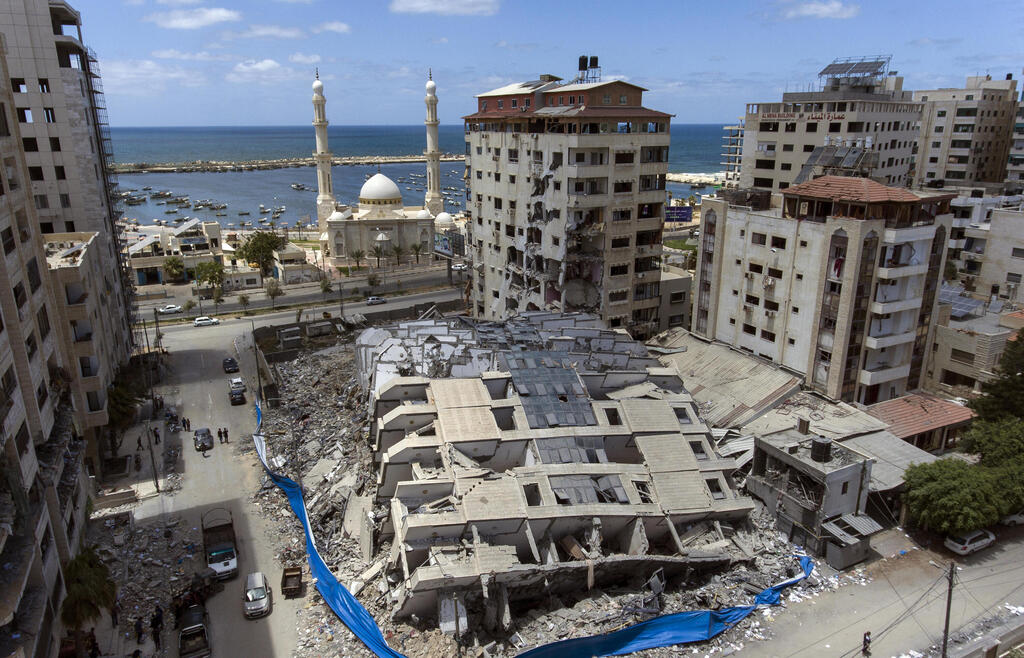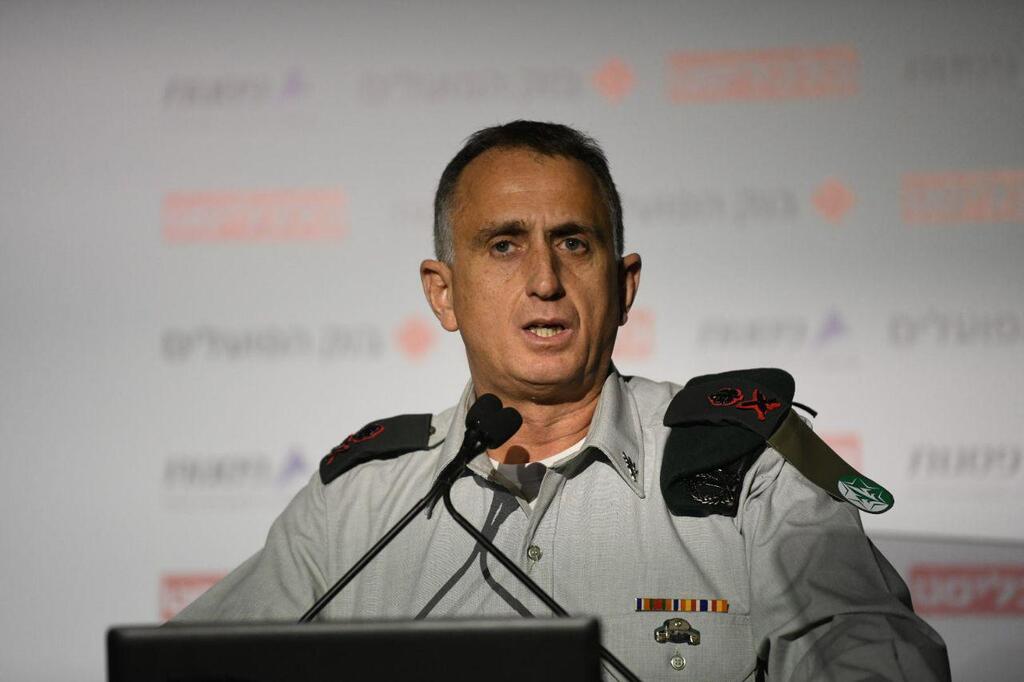A small rocket lands on the roof of a house in Rafah, in the southern Gaza Strip, at the height of the fighting earlier this month.
Fired from an Israeli military aircraft, it is designed to serve as a warning to the residents and neighbors of the house that an airstrike was on the way.
5 View gallery
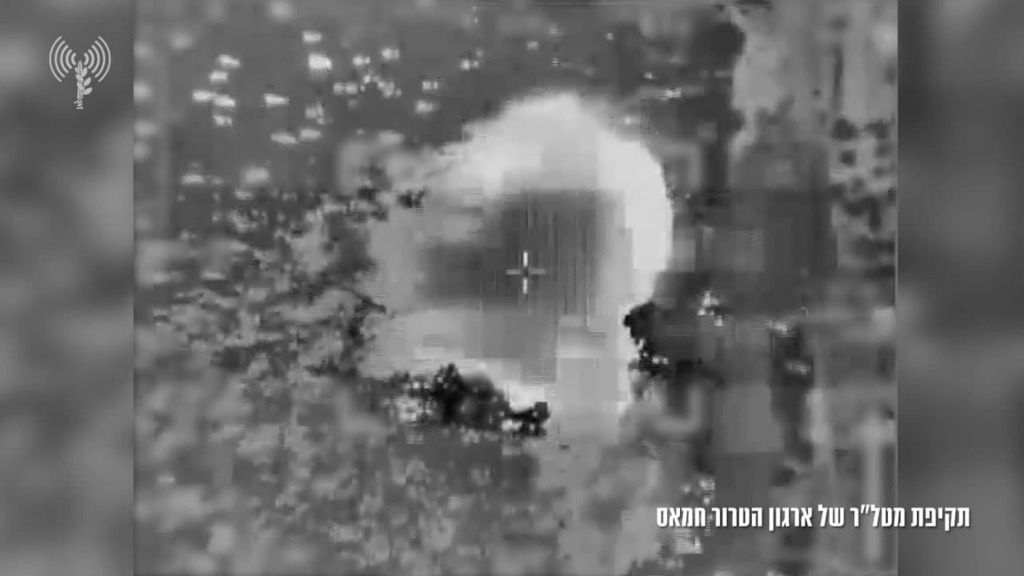

The IDF attacks Hamas rocket launchers during the recent fighting in Gaza
(Photo: IDF Spokesperson's Unit)
The targeted house belongs to Muhammad Bawab, leader of Hamas' East Rafah Brigade.
His home is being used as a command post from which he was overseeing all of his unit's operations. He himself is in a tunnel in the area and his family moved to a different location.
Several members of the Israeli security forces, including reservists from the Intelligence Directorate and Shin Bet operatives, crowd together in a room, monitoring video footage filmed by an IDF drone hovering over the house.
The room is an "attack cell." In the 11 days of fighting in the Gaza Strip, the IDF operated dozens of these cells, an operational innovation, that coordinated efforts by the IDF and Shin Bet.
For many senior Israeli officials, this coordination between branches of the security establishment played a crucial role in the fighting – analyzing massive amounts of data collected in the field and using it to guide attacks.
5 View gallery
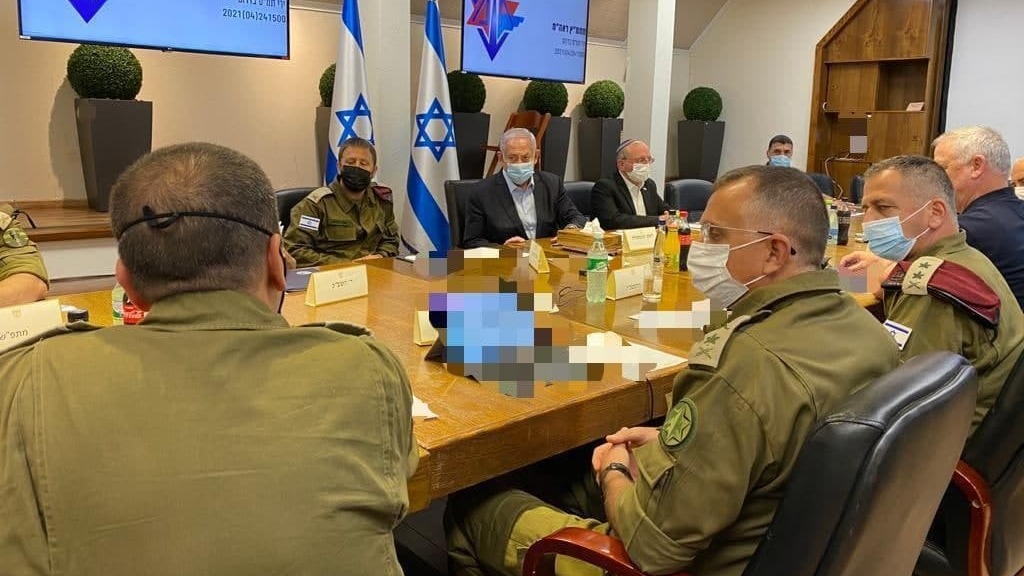

Prime Minister Benjamin Netanyahu meets with senior members of the defense establishment during the fighting in Gaza earlier this month
As a result, the IDF struck hundreds of what it calls "quality targets," while the Shin Bet assisted with locating and tracking the locations.
"Bawab was in charge of the unit that seized the bodies of Hadar Goldin and Oron Shaul," says a Shin Bet operative in the room, referring to the two IDF soldiers whose remains have been held in Gaza since the 2014 war in which they fell.
Now his home is seconds away from being attacked, as happened to many other senior officials of Hamas and the Palestinian Islamic Jihad.
The mission is halted when an officer says that the drone's operator has spotted a group of people under a palm tree near the house and that they are at risk of getting hurt.
The IDF strikes terror targets in the Gaza Strip
(Video: IDF Spokesperson's Unit)
The cell's chief officer orders a stop to the attack and turns to the Shin Bet operative.
The latter picks up the phone, dialed and began speaking in Arabic with a distinct Palestinian accent, his tone soft and courteous.
The person on the other end is Bawab's neighbor, whose number the Shin Bet obtained before the operation, should such a situation arise.
"You are under the palm tree, near the house. Go away, there's a one-ton bomb coming and you are going to get hurt," the Shin Bet operative says in Arabic.
The neighbor assures him that he would move the group of people away, and after several minutes they begin to disperse.
But the drone operator sees three people still at the scene and informs the officer they are not leaving. The people in the room decide to launch a small rocket at the nearby road to make them truly understand they are in danger.
Fifteen seconds later, an aircraft launches an anti-tank missile that does not spread shrapnel when it explodes. After it hits the nearby asphalt, the people under the palm tree start scattering.
The head of the cell nods to the other officer, who gives permission to the pilot to attack.
The room falls silent as a timer started counting down 15 seconds. The bomb hits, sending plumes of smoke into the air from the rubble of the house.
A senior intelligence official calls this operation an artificial intelligence war, where the IDF has for the first time adopted what can be described as machine learning.
He credits this advance to efforts made by the head of Military Intelligence, Maj. Gen. Tair Heiman, and IDF Chief of Staff Lt. Gen. Aviv Kochavi.
Thanks to Units 9900 and 8200 – which deal with geographical intelligence, cyber centers and various classified special units - the IDF and Shin Bet scored multiple intelligence victories that prevented planned attacks by Gaza terror groups.
This method prevented Hamas from protecting its missile and drone production apparatuses and facilitated strikes on its terror tunnel network.
Military officials say that the largest failure of the fighting was their lack of success in preventing the massive rocket and mortar barrages on Israel, but that the new methods they used might just be the extra push needed to crack that nut.
But as long as Hamas can fire rockets, it will always claim victory, being able to send millions of Israelis into bomb shelters and debilitate the nation's economy.
Hamas and PIJ worked hard to define this as the narrative of victory i the Arab world and among the population of Gaza.
5 View gallery
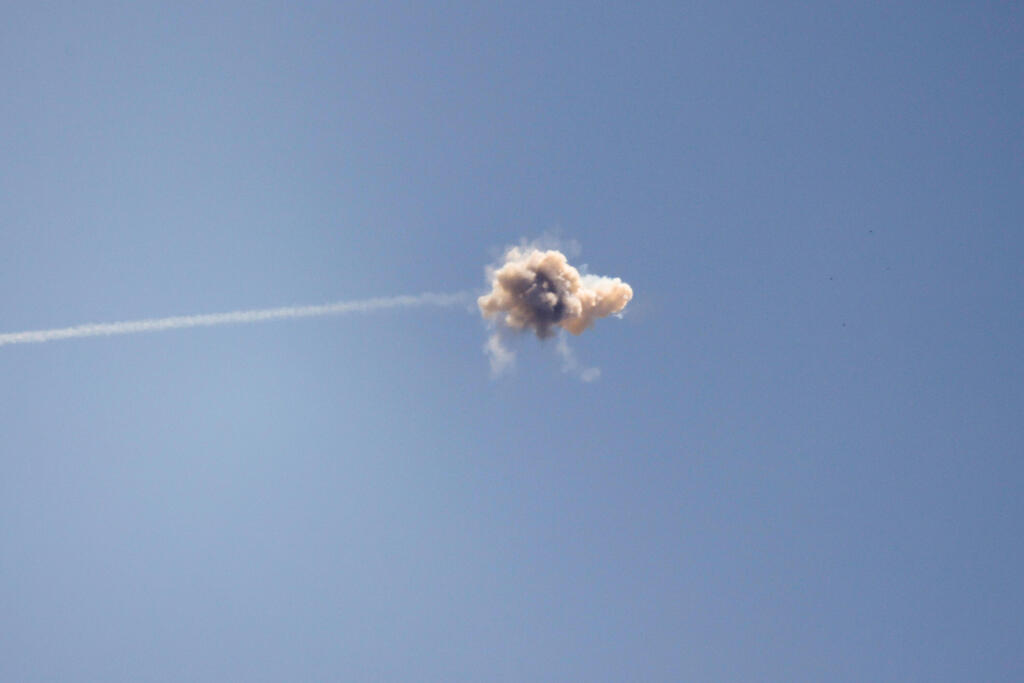

Iron Dome intercepts a rocket fired from Gaza over the southern city of Sderot, May 2021
(Photo: Reuters)
Therefore, the "next thing" the army and the Shin Bet are working on is a strategy to prevent the massive rocket salvos without using ground forces to neutralize the launchers.
Military officials are also sure that what the army has demonstrated it can do during the fighting in Gaza could also be implemented in a possible war against Hezbollah or even Syria or Iran.
This new method they say will be further improved and worked on in order to ensure that Israel's home front will be spared in the next war.




